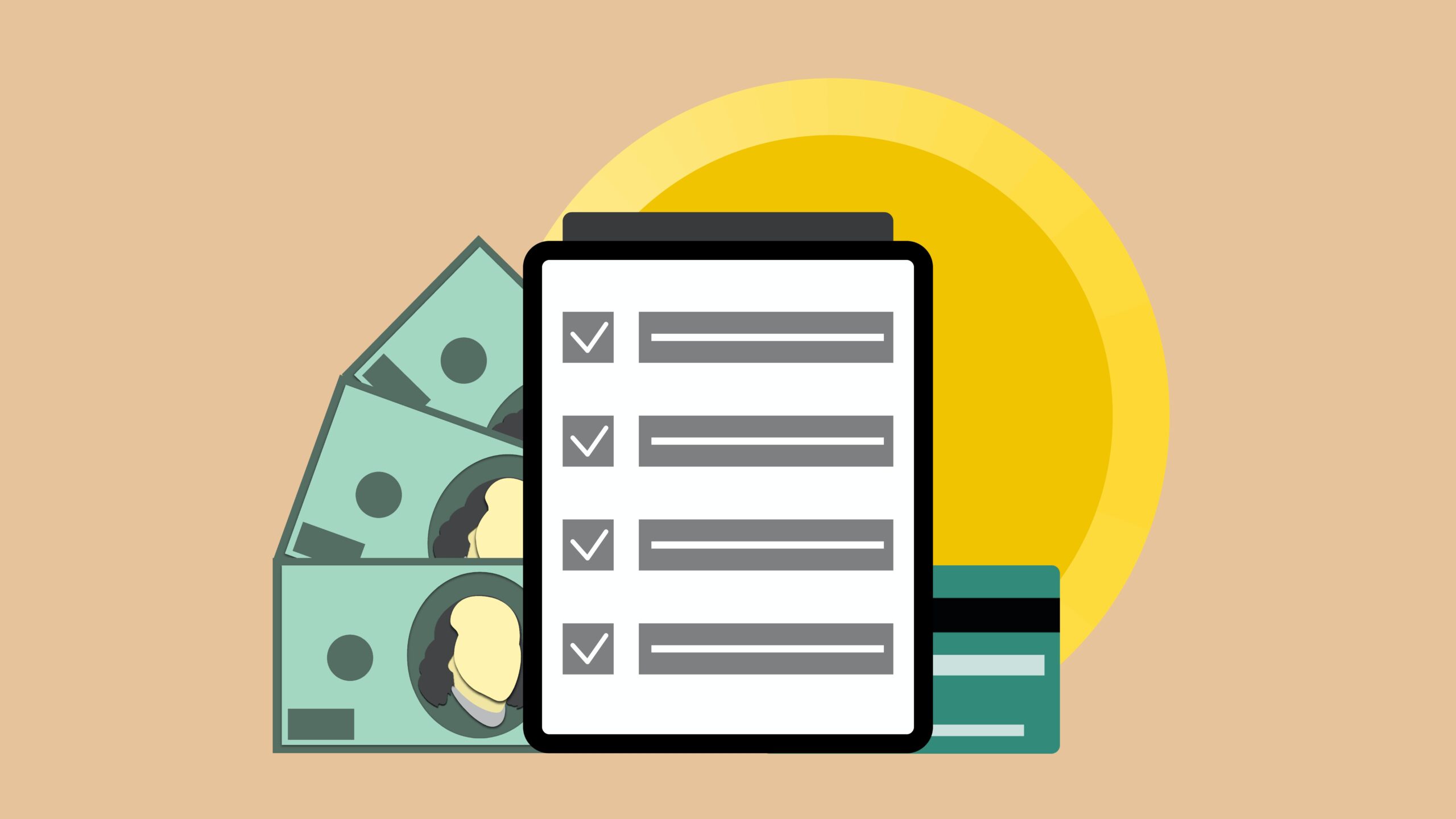Providing for your children’s education is an important part of your financial plan. But, for the most part, that education won’t teach your children very much about basic financial literacy. The money lessons that kids learn from their parents can help to fill that gap and instill habits that will improve their Return on Life.
You can teach these three simple financial lessons to your kids with activities that illustrate the basics of financial planning. And remember the quip, ‘Everything I need to know, I learned in Kindergarten’? Same goes for the principals of good financial planning, so these lessons are still good for us adults to hear regularly as well.
- “Pay yourself first.”
Many families have a rule that X percent of any money a child earns for chores or receives as a gift has to go into a custodial account. This is a good way of helping kids understand the importance of investing in their futures.
However, many parents don’t take the essential next step of showing kids how their savings have grown over time. This can create awkward feelings around money and make it hard for kids to appreciate the end result of their responsible behavior. Just updating a simple spreadsheet together after a big birthday deposit can give kids a greater sense of control and deeper feelings of satisfaction around how they’re handling their money.
- “Money makes money.”
Your kids have probably learned about Ben Franklin flying a kite in a lightning storm. You can teach them Franklin’s lesson about the magic of compound interest: “Money makes money. And the money that money makes, makes money.”
Thanks to higher-than-usual interest rates, your child’s custodial savings account might be providing a good lesson on compounding right now. It’s also a great time to shop around for a new savings account as many banks are offering higher rates to entice new customers — especially online.
Most financial institutions also allow parents to open custodial brokerage accounts for their children, which can be another option for those special self-payments. Some brokerages also sell shares of companies that kids will recognize, like Disney, as a physical framed certificate. These gifts can help kids connect how they spend their time and money with an understanding of how the stock market creates and compounds wealth for shareholders.
Again, check in on these accounts every month or every quarter and show your child how their money is doing. Down periods are an opportunity to introduce the concept of volatility. Even modest losses might sting at first. But seeing their ROI move up and down over the course of a year will eventually help your kids get comfortable with managed risk. And if they start eying their toy shelf for other companies they might want to invest in, you can start talking to them about the power of diversification.
- “Plan ahead.”
Kids often think money works like a vending machine: swipe, tap, punch in some numbers, and what they want magically appears. Instant gratification is such a basic part of their lives that they rarely stop to think about where money comes from or how adults manage it to fulfill so many different needs. They see the end result, but not the plan.
Reviewing your monthly budget probably won’t hold your kids’ attention for very long. Instead, create new budgets that provide for both short-term and long-term goals that will interest your kids. Break down the cost of a new bike or video game over a couple weeks of allowance money. Or, show them your saving plan towards a big family vacation to illustrate how your financial plan provides for current needs while also progressing towards bigger goals.
We are always happy to help our clients have life-centered planning conversations with their children, especially older teens who are starting to earn their own money. Give us a call and let’s start your kids on a path towards a healthy relationship with their money.








